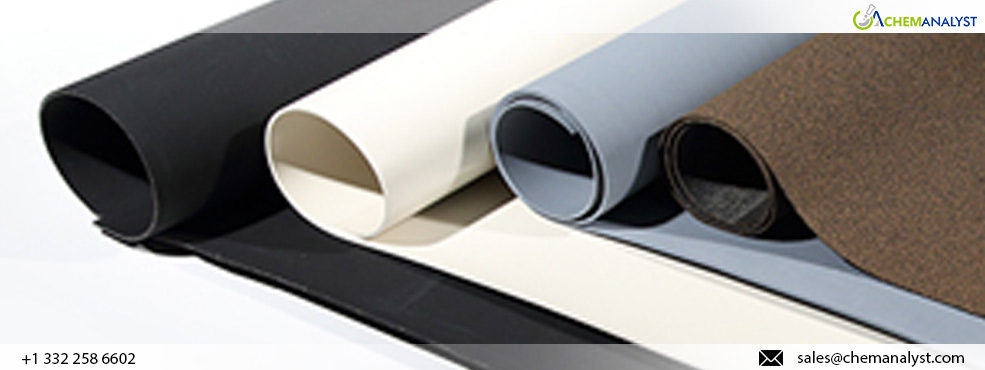Global Butyl Rubber Market Witnessed Surge Amid Rising Costs and Exports in July 2024
- 14-Aug-2024 12:04 PM
- Journalist: Rene Swann
Texas, USA: In July 2024, the global market for Butyl Rubber experienced bullish sentiments as the supply and demand equilibrium was disrupted, leading to upward pressure on prices. This shift was further amplified by a surge in demand for Butyl Rubber from overseas markets, which intensified competition for available supplies. Concurrently, the increased production costs of Butyl Rubber, driven by rising raw material prices and higher operational expenses, contributed to the tightening market conditions, solidifying the bullish trajectory for the commodity.
In the US market, the Butyl Rubber sector experienced an upward trend, primarily driven by rising production costs linked to higher feedstock isobutylene prices, which contributed to an overall increase in market prices. The Butyl Rubber market displayed a bullish trend, reflecting strong pricing dynamics despite broader market challenges. However, the downstream automotive and tire sectors in the US faced difficulties during the same period. Despite hopes for a recovery in July sales after disruptions caused by a June cyberattack, the sector saw a 4.97% decline in sales compared to the previous month. This weaker performance contrasted with the bullish Butyl Rubber market, as ongoing disruptions from the peak hurricane season in the US, along with increased exports, complicated the supply chain. Elevated production costs, supply chain disruptions, and higher exports combined to create a bullish market scenario for Butyl Rubber, where increased costs supported higher prices for Butyl Rubber, even as the automotive and tire sectors struggled. Additionally, the U.S. Federal Reserve's continued high-interest rate policy, with borrowing costs at a 23-year peak of 5.25%-5.50%, raised concerns about a potential economic recession. This economic uncertainty, along with weakened automotive demand, contributed to a pessimistic market sentiment.
Similarly, China experienced a bullish trend in the Butyl Rubber market, primarily driven by rising production costs due to a 1.56% increase in feedstock isobutylene prices and heightened export activity. Despite a weaker trend in the downstream automotive and tire sectors, demand for Butyl Rubber climbed, fueled by a surge in exports, which rose by approximately 20%, reaching 399,000 units. This export boost led to higher consumption of existing inventory levels. The price increase was further exacerbated by significant supply chain disruptions caused by Typhoon Gaemi, which severely impacted the flow of goods across the region and disrupted key manufacturing units, resulting in a notable supply deficit for Butyl Rubber. In response to the shortage of Butyl Rubber, market players were compelled to raise their ex-quotations, not only to cover the increased production costs but also to improve profit margins in light of the constrained supply.
In the Russian market, rising isobutylene prices led to higher production costs for Butyl Rubber, which in turn drove an upward trend in market prices. Despite this, demand from the automotive and tire sectors contracted during the month, as these industries grappled with economic uncertainty. While the combination of increased production costs and weakened domestic demand could have negatively impacted market performance, the overall market remained bullish. This positive outlook was largely bolstered by a significant increase in exports to key markets like China and India, where demand for Butyl Rubber stayed strong. The heightened export activity helped counterbalance the domestic slowdown, maintaining upward pressure on prices.
According to ChemAnalyst, the Butyl Rubber market is expected to grow in the coming months, driven by increased demand from downstream automotive and tire sectors. Alexey Kalitsev, Chairman of the Automobile Manufacturers Committee, noted that the Russian market for new cars continues to expand steadily. Although the pace of sales growth has slowed, the potential for further growth remains strong. The share of cars entering the market through parallel imports is decreasing to an almost negligible level. The automotive market is increasingly dominated by official importers and manufacturers. However, a decline in car imports is anticipated soon, influenced by several factors, including government initiatives aimed at boosting local production. Key factors likely to impact the new car market's development include the planned incremental increase in the disposal fee and forthcoming tax reforms. While these factors will soon begin to have a significant impact, their full effects will only become clear by the end of this year or early next year.



